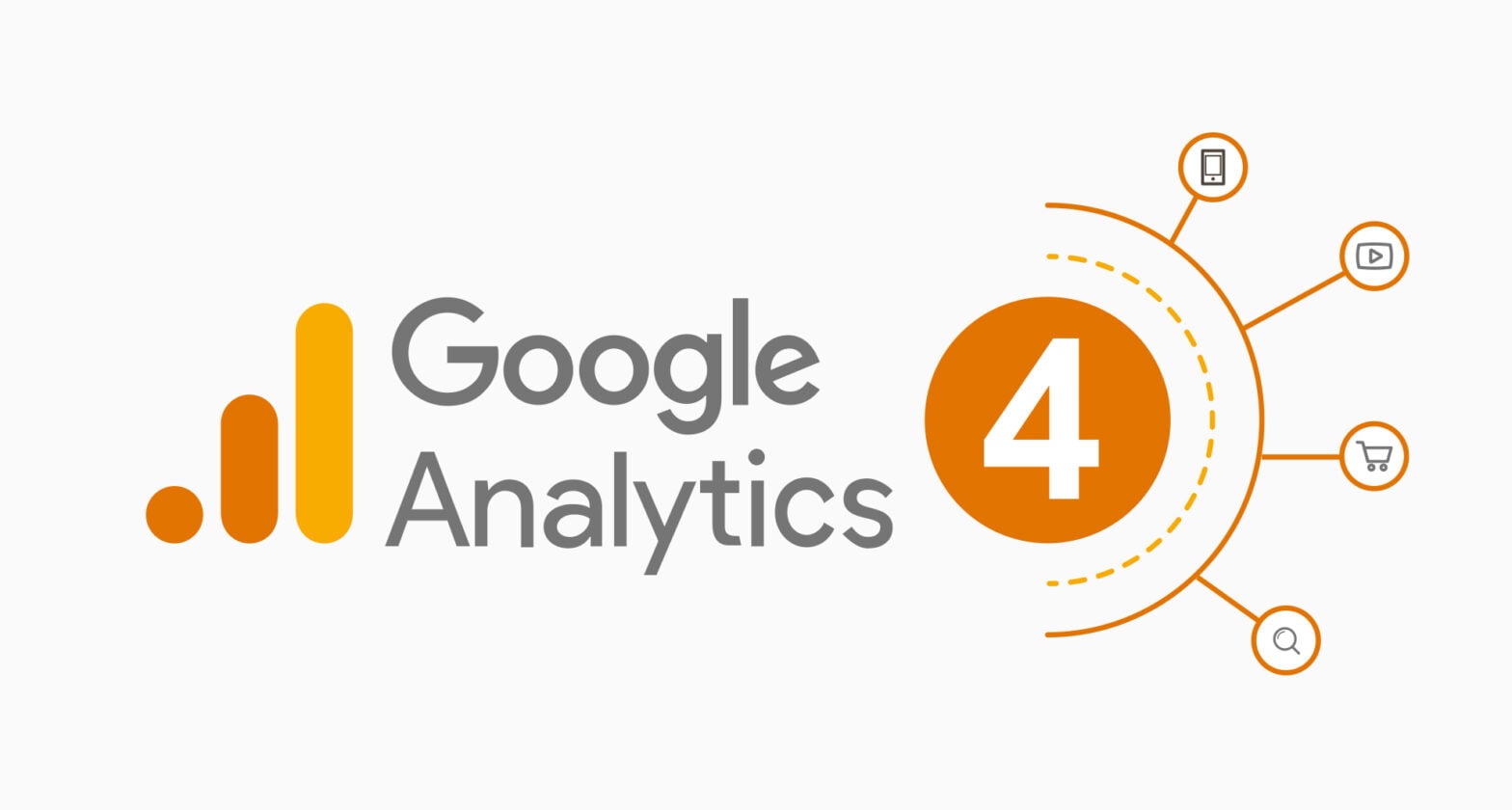Your cart is currently empty!

Is Google Analytics 4 the Future? A Deep Dive into Its Features, Prohibited Data, and Setting Up on WordPress
In the digital world, data is the cornerstone of decision-making. Google, being at the forefront of this, has recently launched Google Analytics 4 (GA4), which promises to redefine the way we perceive web analytics. But is GA4 truly the future? Let’s embark on a journey to understand its features, the data it prohibits, and how to integrate it with WordPress.
1. The Revolution: Features of Google Analytics 4
GA4 is not just an upgrade; it’s a complete rebuild. Here are some of its standout features:
- Event-based Tracking:
GA4 shifts from session-based to event-based tracking, offering a more granular view of user interactions. This means everything, from page views to button clicks, can be seen as events. - Advanced AI Predictions:
Leveraging Google’s AI, GA4 can predict future actions users might take. For instance, it can forecast potential churn or product purchases. - Cross-platform Tracking:
With GA4, tracking users across web and app becomes seamless, providing a holistic view of the user journey. - Enhanced Audience Building:
GA4 allows for more dynamic audience creation with conditions and sequences, ensuring you target the right users with your campaigns. - Improved Data Retention and Deletion:
GA4 provides better controls for data retention and allows granular data deletion, ensuring compliance with data protection regulations.
2. Prohibited Data in Google Analytics 4
While GA4 is powerful, it comes with responsibilities. Google has set clear guidelines on the kind of data that shouldn’t be stored:
- Personally Identifiable Information (PII):
This includes any data that can identify an individual, such as names, email addresses, or phone numbers. - Sensitive Information:
Information related to race, religion, sexual orientation, or health status is strictly prohibited. - Financial Information:
Details like bank account numbers or credit card information should never be tracked.
Adhering to these guidelines ensures user trust and avoids potential legal ramifications.
3. Setting Up Google Analytics 4 on WordPress
To leverage GA4’s capabilities on your WordPress site, follow these steps:
- Create a GA4 Property:
Log in to your Google Analytics account, click on ‘Admin’, and under the property column, click ‘Create Property’. Choose GA4 and follow the setup process. - Get the Measurement ID:
Once the property is created, you’ll be given a Measurement ID, which is essential for the next step. - Use a WordPress Plugin:
There are several plugins like ‘MonsterInsights’ or ‘GAinWP Google Analytics Integration for WordPress’ that allow easy integration of GA4. Install one of these, navigate to the settings, and input your Measurement ID.
d. Verify Setup:
After a few hours, check your GA4 dashboard to see if data is being collected.
Conclusion
Google Analytics 4 is not just an incremental update; it’s a leap into the future of web analytics. Its advanced features, combined with a clear stance on data privacy, make it a compelling choice for businesses. If you’re using WordPress, integrating GA4 is straightforward and promises insights that can drive your digital strategy forward.
Remember, as with any tool, the value of GA4 lies in how you use it. Dive in, explore its features, and let data guide your decisions.
Leave a Reply